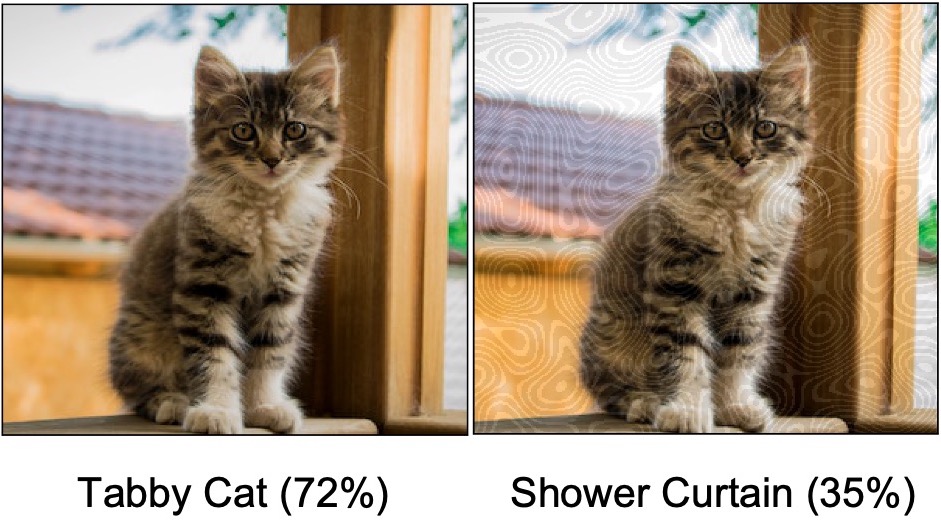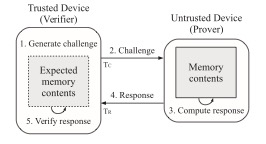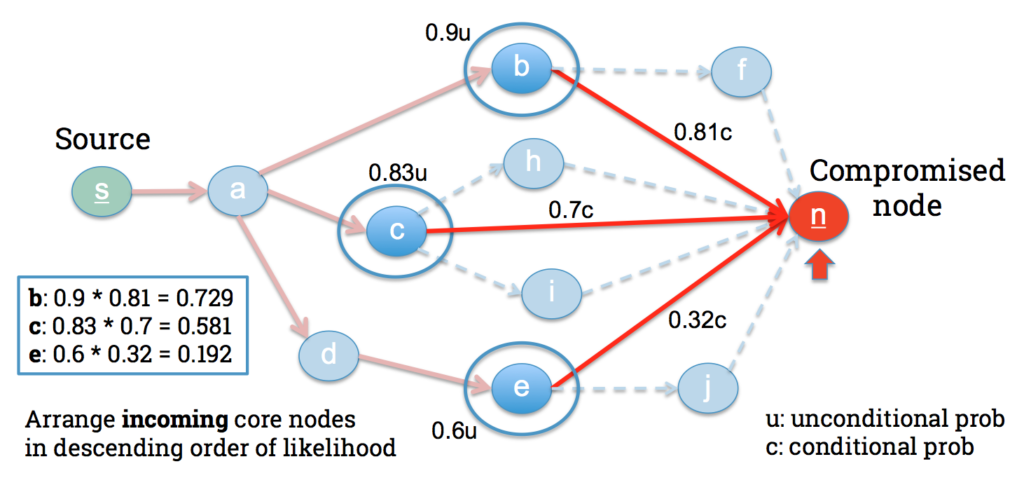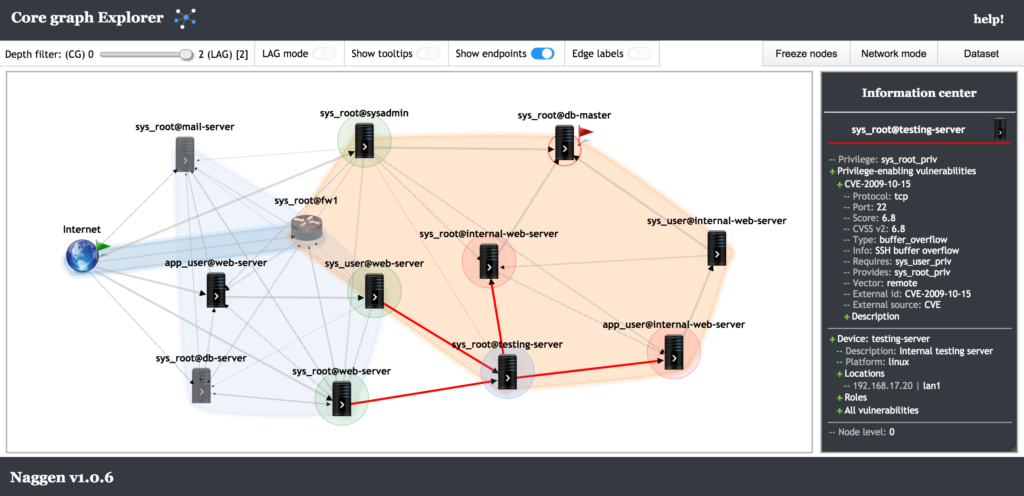Procedural Noise Adversarial Examples for Black-Box Attacks on Deep Convolutional Networks (CCS ’19)

Kenneth T. Co, Luis Muñoz-González, Sixte de Maupeou, and Emil C. Lupu. 2019. Procedural Noise Adversarial Examples for Black-Box Attacks on Deep Convolutional Networks. In Proceedings of the 2019 ACM SIGSAC Conference on Computer and Communications Security (CCS ’19). Association for Computing Machinery, New York, NY, USA, 275–289. DOI:https://doi.org/10.1145/3319535.3345660
Abstract: Deep Convolutional Networks (DCNs) have been shown to be vulnerable to adversarial examples—perturbed inputs specifically designed to produce intentional errors in the learning algorithms at test time. Existing input-agnostic adversarial perturbations exhibit interesting visual patterns that are currently unexplained. In this paper, we introduce a structured approach for generating Universal Adversarial Perturbations (UAPs) with procedural noise functions. Our approach unveils the systemic vulnerability of popular DCN models like Inception v3 and YOLO v3, with single noise patterns able to fool a model on up to 90% of the dataset. Procedural noise allows us to generate a distribution of UAPs with high universal evasion rates using only a few parameters. Additionally, we propose Bayesian optimization to efficiently learn procedural noise parameters to construct inexpensive untargeted black-box attacks. We demonstrate that it can achieve an average of less than 10 queries per successful attack, a 100-fold improvement on existing methods. We further motivate the use of input-agnostic defences to increase the stability of models to adversarial perturbations. The universality of our attacks suggests that DCN models may be sensitive to aggregations of low-level class-agnostic features. These findings give insight on the nature of some universal adversarial perturbations and how they could be generated in other applications.













